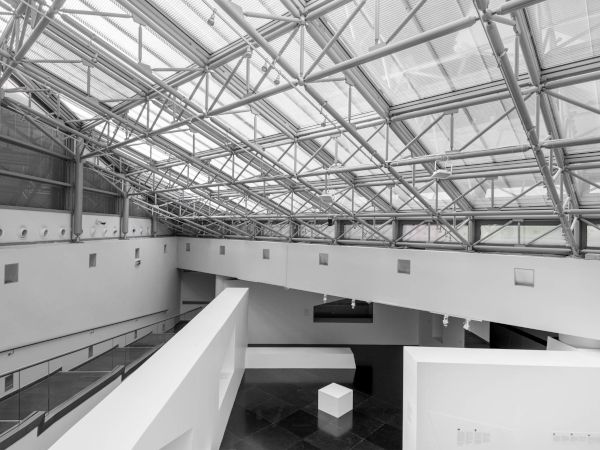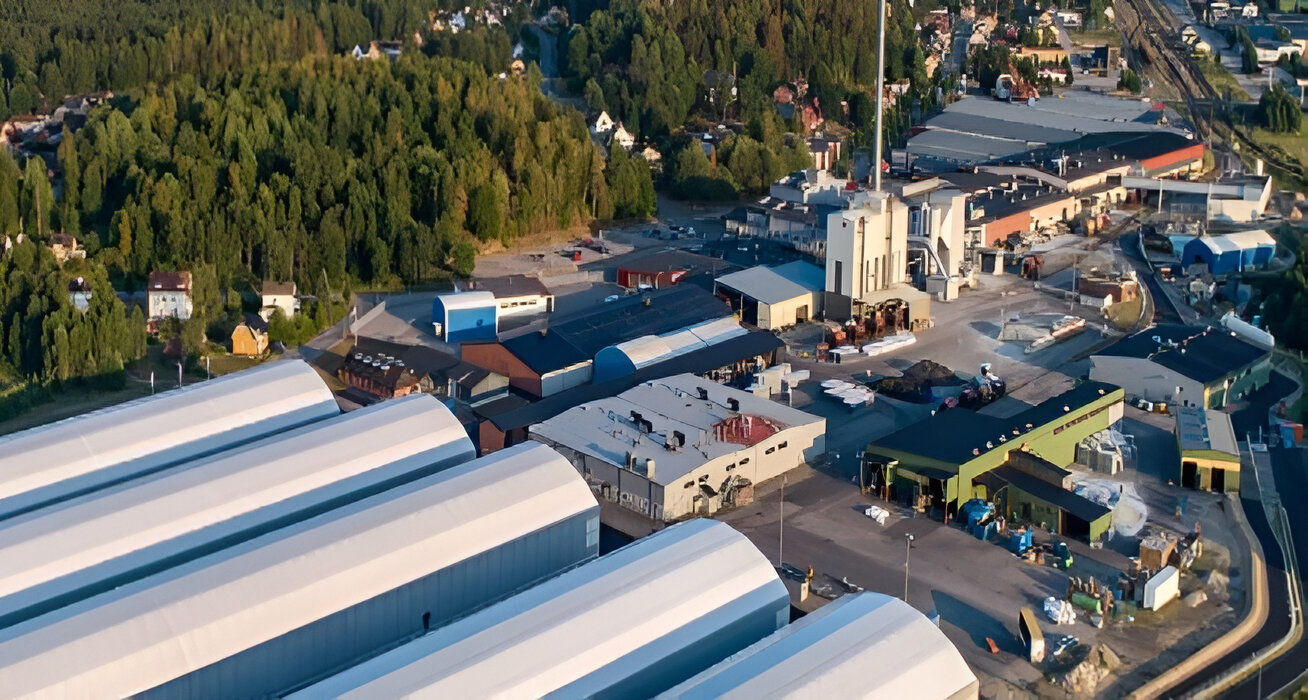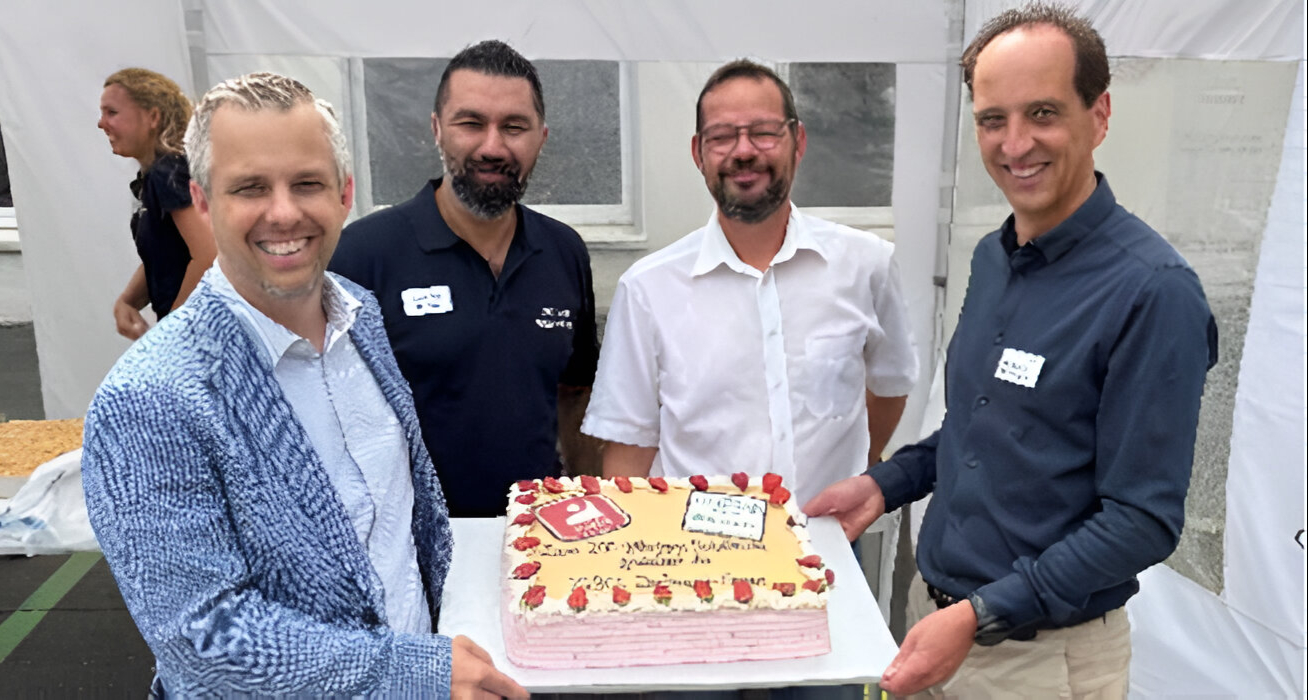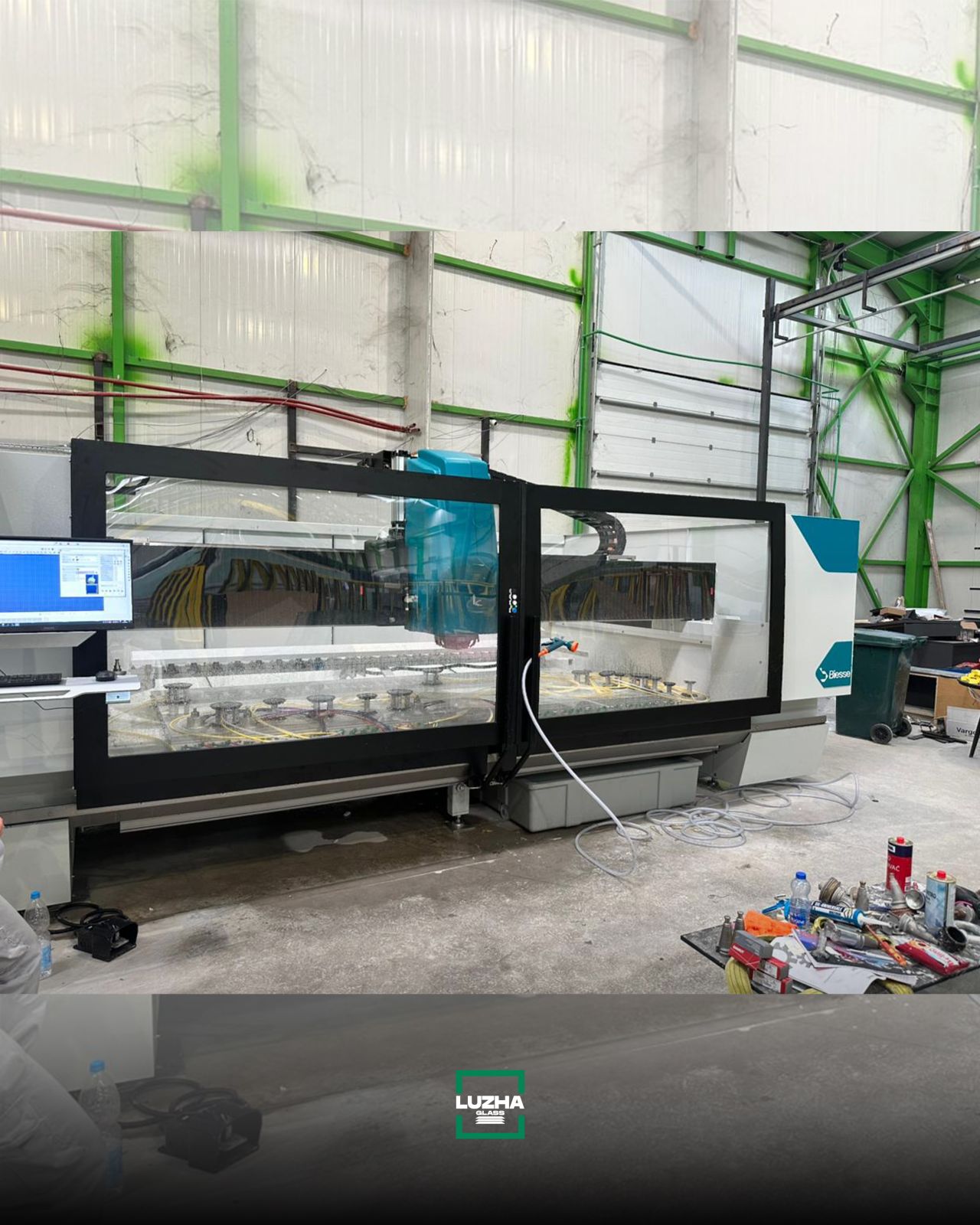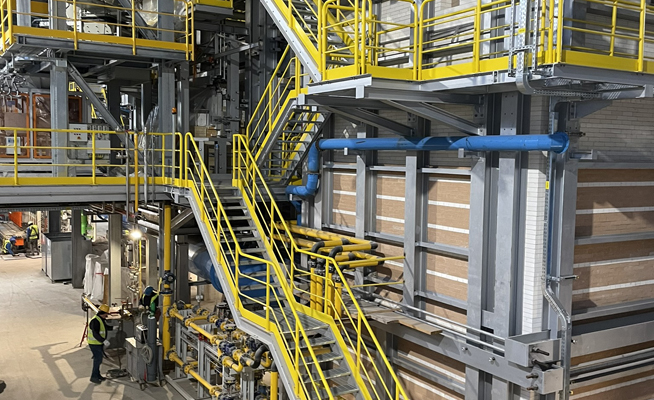In the vibrant heart of Thessaloniki, the Archaeological Museum stands as a bridge between Greece’s ancient past and modern architectural heritage. Designed by acclaimed architect Patroklos Karantinos and completed in the early 1960s, the museum is a landmark of post-war modernism and has been officially recognized as a historic monument since 2003.
During a major renovation in 2004, OKALUX daylighting systems were integrated into the building to enhance its functionality while preserving its iconic design. The project focused on achieving optimal natural light conditions, minimizing glare, and protecting sensitive exhibits.
For the atrium, OKASOLAR S was installed in the roof glazing. Its structured louvre system allows uniform daylight to enter the space, while shielding it from direct sun and excessive heat, a critical feature under Greece’s intense light conditions. At the museum’s entrance, OKASOLAR W was used to bring daylight deeper into the building while maintaining effective solar protection, ensuring comfort and clarity in areas with high visitor flow.
In a key exhibition area, OKALUX HPI was employed. Its internal capillaries diffuse natural light evenly, offering UV and thermal protection for valuable artifacts.
The durability of the OKALUX solutions has stood the test of time. Even in 2020, replacement of individual panes was performed seamlessly, without compromising the original aesthetic or lighting performance, underscoring the long-term sustainability of the design.
Source: OKALUX | Glas Trösch Group with additional information added by Glass Balkan
